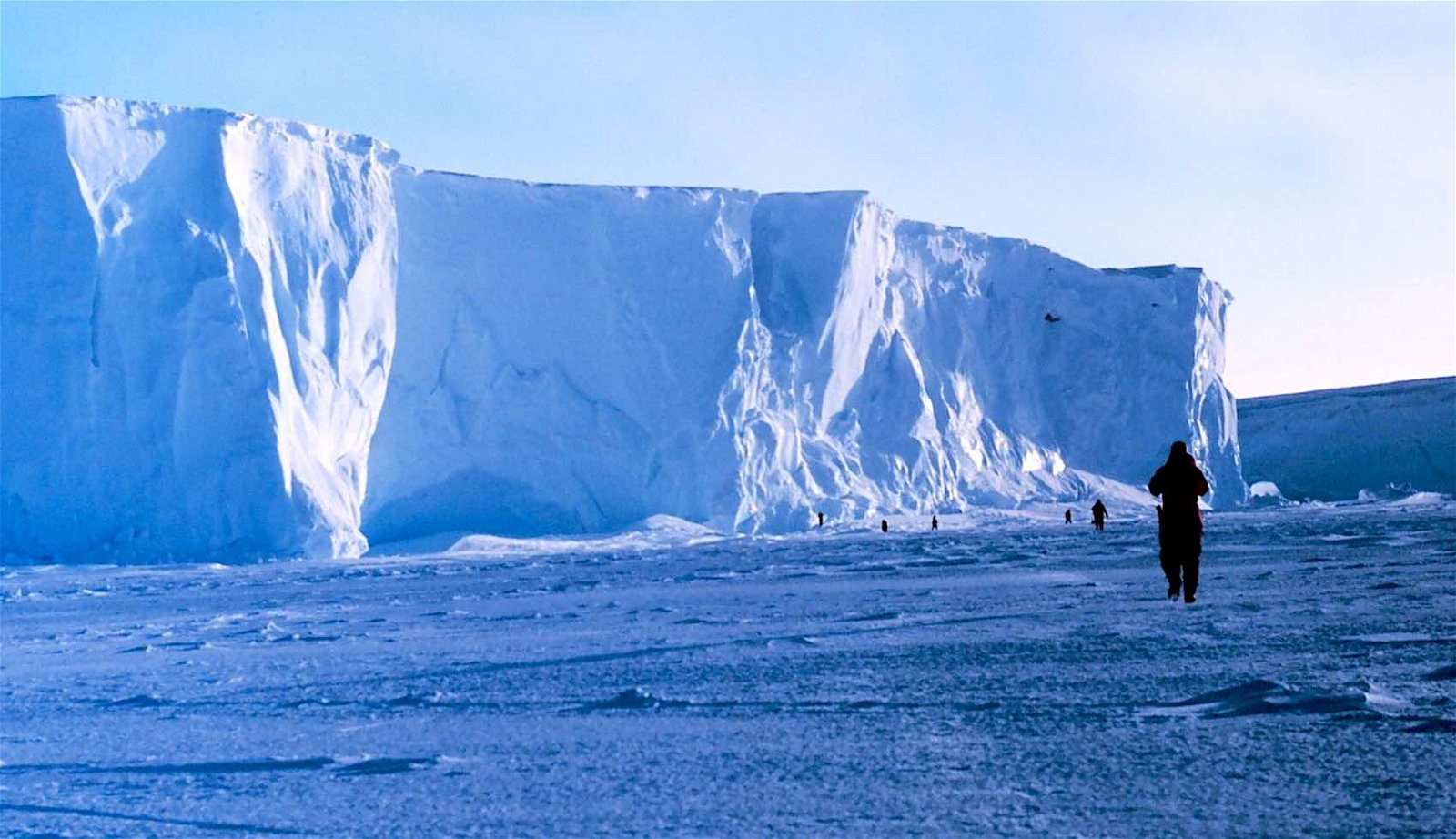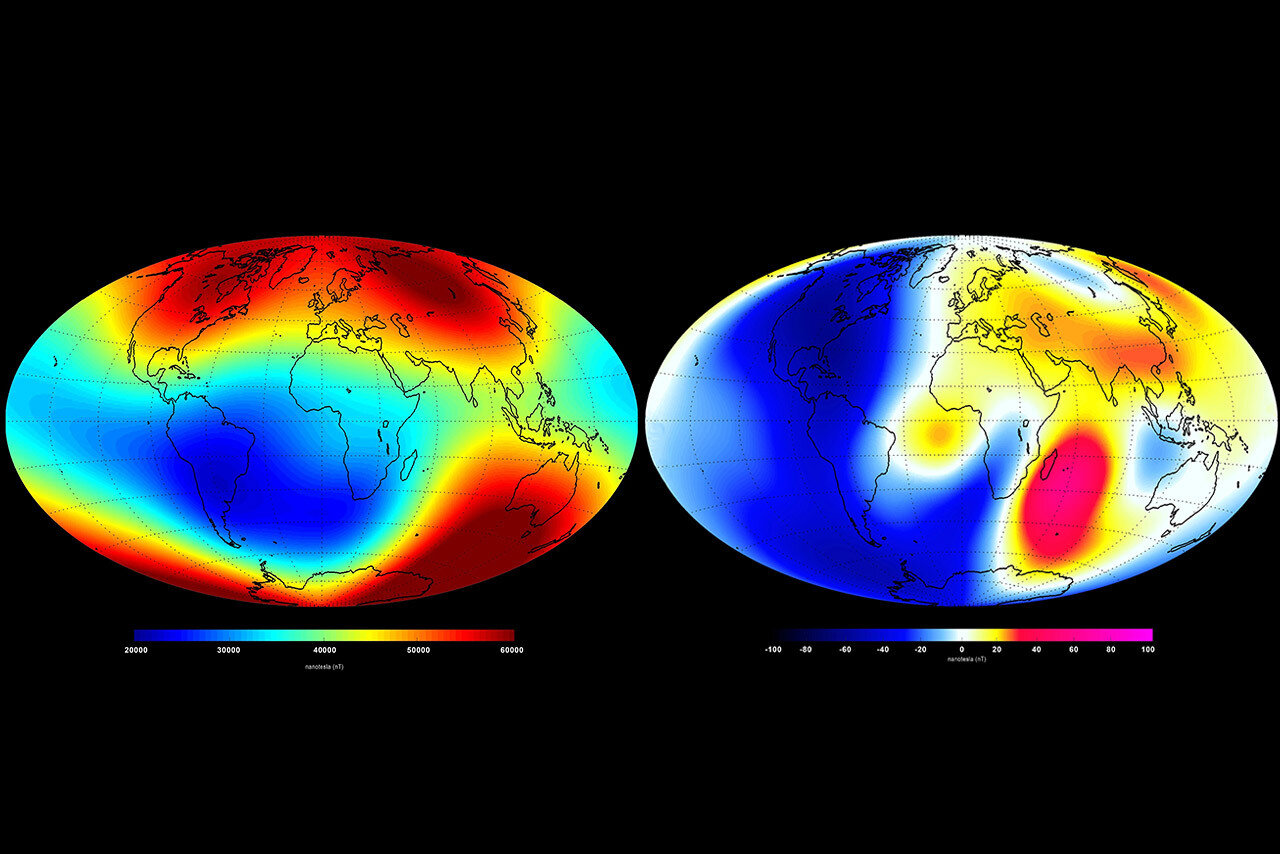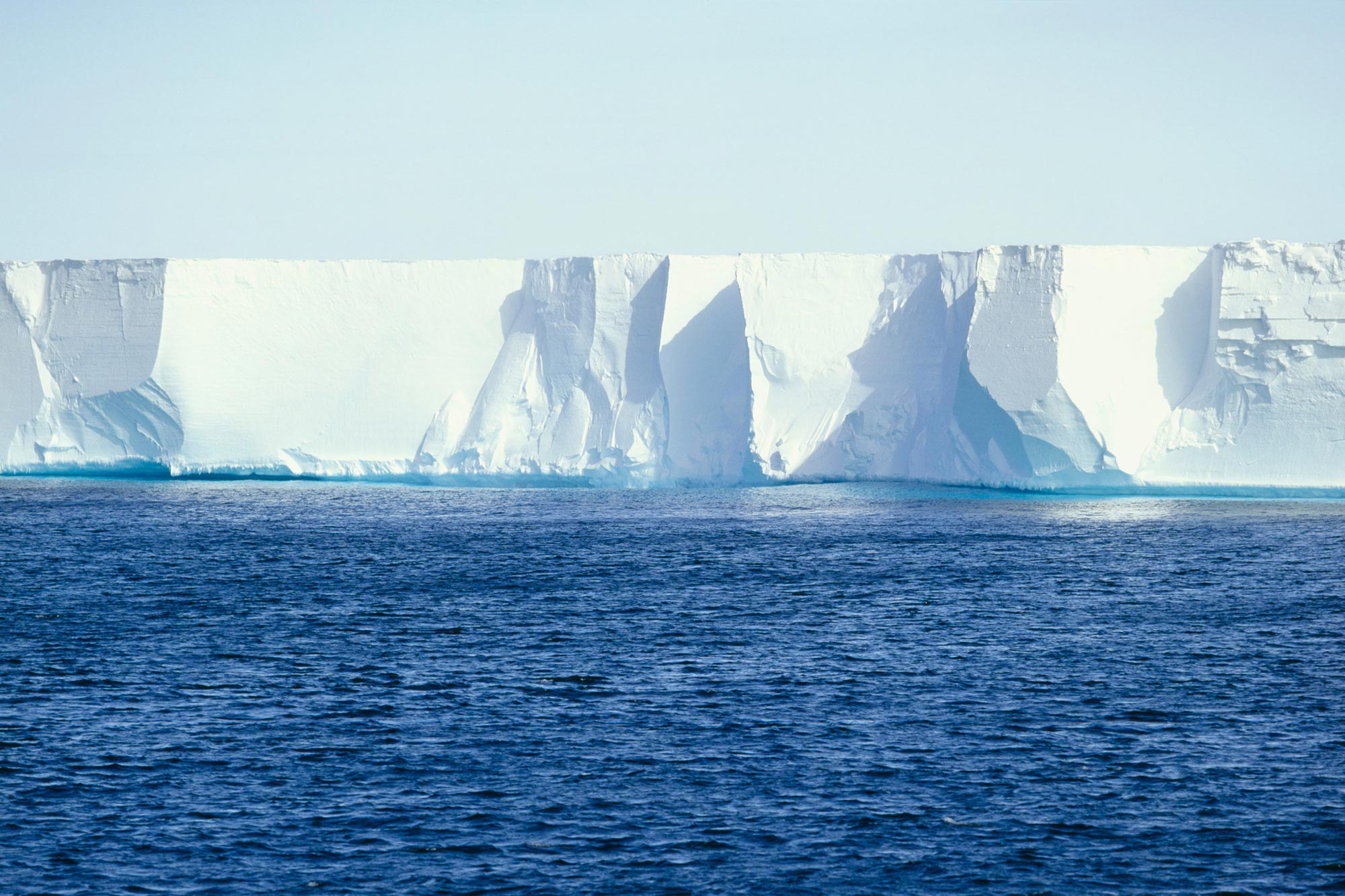Something strange happens in Antarctica every day, which until now has been completely overlooked by researchers – Debrief
Scientists have discovered that something is happening every day on Antarctica’s largest ice shelf that has gone unnoticed, despite more than a century of human activity in the area.
According to a new study, the Ross Ice Shelf is shaken daily by the movements of ice currents, which affects its stability. Research conducted by a team of scientists from Washington University in St. Louis, is helping to uncover new insights into the dynamics of ice shelves and their relationship to ice currents. This is said to point to potential issues regarding the impact of daily ice shelf movement and its relationship to global sea levels.
According to new research, ice streams act like conveyor belts, allowing most of the ice and sediment debris collected by these massive glaciers to reach the ocean over time. Research has found that the Ross Ice Shelf is pushed sometimes more than once a day by such processes.
“We found that the entire shelf suddenly moves 6 to 8 centimeters (or 3 inches) once or twice a day, which is caused by slippage of the ice stream that flows into the ice shelf,” says Doug Wiens, Robert S. Brookings Distinguished Professor in Earth, Environmental, and Planetary Sciences in Arts and Sciences from the University of Washington.
“These sudden movements could potentially play a role in triggering ice shocks and breaks in the ice shelf,” Wiens said.
Scientists like Wiens are clearly concerned about the way climate change is affecting the processes that affect the stability of the Antarctic ice shelves. These shelves help contain glaciers and ice streams by slowing their journey toward the ocean, where they eventually melt once they meet water.
If the ice shelf collapses, glaciers are free to flow faster, reducing the amount of ice accumulation in Antarctica and contributing to sea level rise. But the phenomenon that scientists like Wiens say contributes to such daily movement is subtle and likely went undetected for more than a century.
“One would not detect the movement just by feeling it,” Wiens said in a statement. “The movement occurs over a period of several minutes, so it is not perceptible without instruments. That is why the movement has not yet been detected, even though people have walked and camped on the Ross Ice Shelf since the days of the great explorers Robert F. Scott and Roald Amundsen.”
The sudden movement of ice, which researchers refer to as slip, is the primary cause of the Ross Ice Shelf’s movement. According to Wiens and his team, the massive 100 square kilometer section of the Whillans Ice Stream remains stationary while the rest of the ice stream gradually moves forward.
At least once a day, a large portion advances against the Ross Ice Shelf, which can result in movement of up to several inches in a matter of minutes.
While past research has already shown that a few ice streams have been moving faster over time over the past 50 years, this is not the case for all. Based on seismographic data, some ice streams are actually slowing down, and scientists are currently working to better understand what drives their movement.
“I’ve published several articles in the past about Whillans Ice Stream sliding events, but I hadn’t yet found that the entire Ross Ice Shelf was also moving,” Wiens said.


Currently, Wiens and his colleagues do not think the slip events are necessarily the result of anthropogenic climate change, and there are various theories about what causes them. One involves the idea that water lost in the bed of the Whillans Ice Stream is causing it to become “stickier”. Also, the pressures associated with slip events are similar to those that can lead to what are called ice shocks.
“At this point, ice shocks and breaks are just part of the normal life of the ice shelf,” Wiens said in a statement. “There is concern that the Ross Ice Shelf will one day break up, as other smaller and thinner ice shelves have done.
“We also know that the Ross Ice Shelf broke up during the last interglacial period,” Wiens adds, which occurred almost 120,000 years ago, adding that this led to “a rapid loss of ice on other glaciers and ice streams that fed into it they pour in.”
A new study by Wiens and his team, “Ross Ice Shelf Drift and Elastic Slab Waves Induced by Whillans Ice Stream Slip Events,” was published in the journal. Geophysical Research Letters.
Micah Hanks is the editor-in-chief and co-founder of The Debrief. He can be reached by e-mail at the address micah@thedebrief.org. Follow his work at micahhanks.com and on X: @MicahHanks.














Post Comment